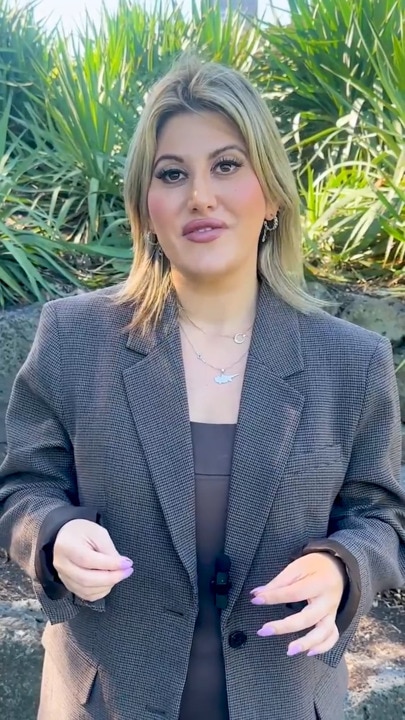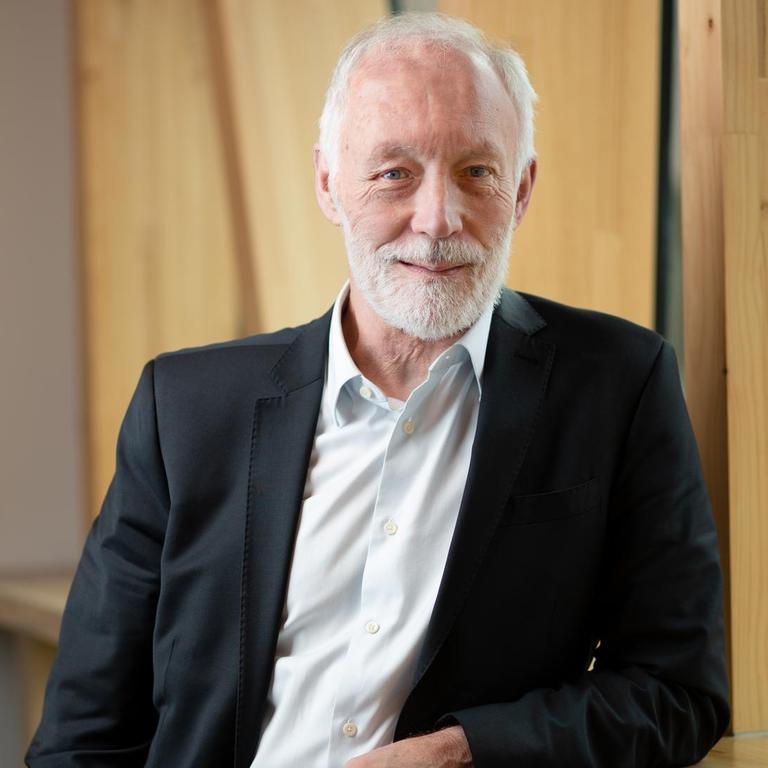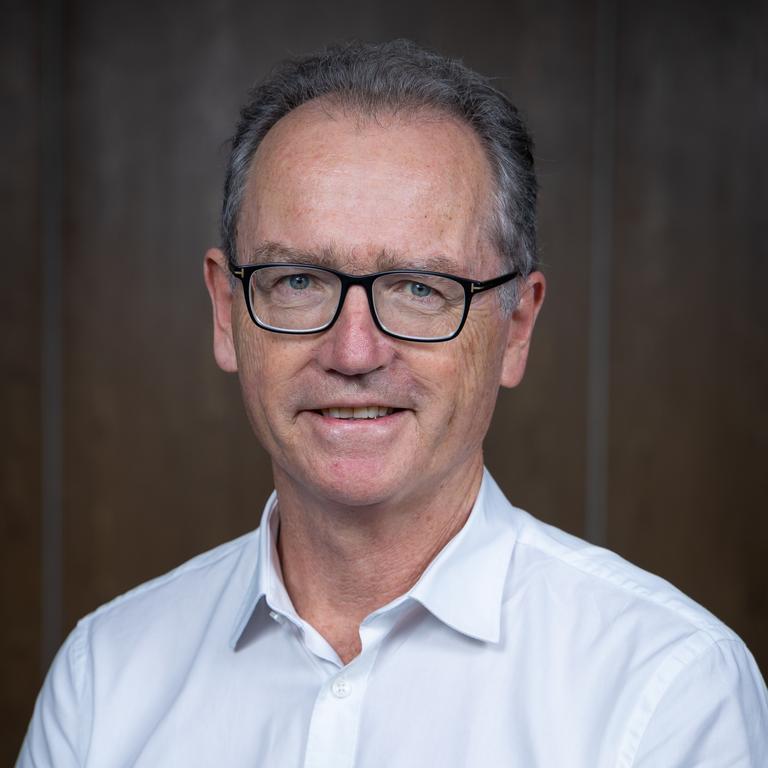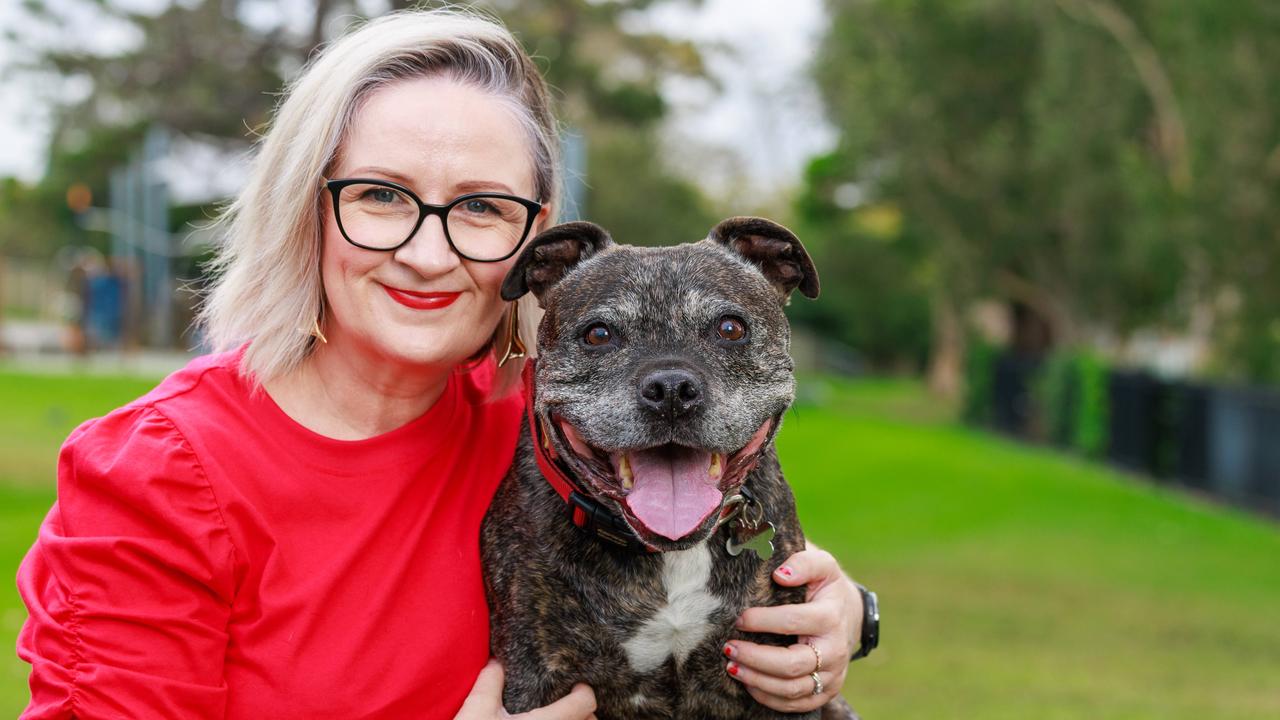Mapped: Areas with higher rates of kids put on mental health medication
More than one in 10 kids is on medication for ADHD, depression, anxiety or another mental-health related condition in parts of Australia, new analysis shows. See the map.

Mental Health
Don't miss out on the headlines from Mental Health. Followed categories will be added to My News.
More than one in 10 kids is on medication for ADHD, depression, anxiety, or another mental health condition in parts of Australia, new analysis shows, as the nation’s prescription numbers soar.
Two prominent psychiatrists have warned that over-diagnosis and over-medication of ADHD is helping to drive the trend they attribute to a perfect storm of profit-driven diagnoses, softer symptom criteria, inconsistent treatment standards, cost-of-living stresses, academic pressure, and social media influence.
However others say the rise is a result of increased awareness of mental health and that prescription levels are where they should now be.
New Australian Institute of Health and Welfare (AIHW) data shows more children are being given ADHD and mental-health related prescriptions than ever before, with about 400,000 under-18 patients in the 2024 financial year - a 10 per cent increase on the previous year.
This includes about 281,000 children on psychostimulants and other medications largely used to treat ADHD - up 18 per cent on a year earlier.
Growth in this category is far out-pacing population growth.
The portion of children aged 12-17 prescribed ADHD-related medications tripled over the past decade, from 2 per cent of the age group to 6.6 per cent.
For children aged 5-11, it increased from 2.1 per cent to 6.5 per cent.
Even under-5s experienced an up-tick since 2014, now recording a patient rate of one child in every 1000.
Although anti-depressants also surged over the last decade, child patient rates dropped for the first time in 2024, reducing from 6.8 per cent in 2023 to 6.6 per cent last year.
Analysis of the new AIHW data by this masthead also revealed a stark variation in how many children received mental-health medication in different parts of the country.
They ranged from NSW’s mid-north coast, where 10.5 per cent of children were dispensed at least one prescription in the 2024 financial year, through to the Northern Territory Outback, where this figure was just 2.1 per cent.
In NSW, regional areas recorded higher rates than their capital city counterparts, including the Hunter Valley (excluding Newcastle) at 10.2 per cent and Central Coast at 9.9 per cent.
Lowest rates were in Sydney’s Parramatta (2.9 per cent), South West (3 per cent), Inner South West (3.2 per cent) and Blacktown (4.4 per cent). However, the Northern Beaches was markedly higher at 8.7 per cent.
In Victoria, Bendigo (9.2 per cent), Latrobe-Gippsland, Hume (both 8.9 per cent) and Geelong (8.8 per cent) had the highest rates of medicated children.
Capital city areas were typically lowest, including Melbourne’s South East and North West (both 4.1 per cent) and West (4.2 per cent).
In Queensland, the highest rates were in Moreton Bay North (10.2 per cent) and Wide Bay (10 per cent) - both in the top five locations nationally.
The state’s lowest rate was in the Queensland Outback (4.3 per cent).
Capital city areas ranged from Brisbane South at 5.8 per cent to Brisbane East at 9 per cent.
In South Australia, the highest rate was recorded in the Barossa-York-Mid North region, where 6.8 per cent of children were being medicated. Parts of Adelaide were not far behind, with the city’s south at 6.3 per cent and north at 5.8 per cent.
The state’s lowest rate was in Adelaide’s west, at 4 per cent.
In Tasmania, Launceston and North East Tasmania was the second-highest ranked area in the country, with 10.3 per cent of the region’s children on medication. Hobart (9.9 per cent) and South East Tasmania (9.3 per cent) also made the top 10.
West and north-west Tasmania recorded the lowest rate in the state, at 6.8 per cent.
In the NT, patient rates in Darwin (5.4 per cent) were more than two and a half times higher than outside the capital (2.1 per cent).

Psychiatrist and co-director of health and policy at The University of Sydney’s Brain and Mind Centre Professor Ian Hickie said the cost of psychological services had risen in recent years and this increased reliance on medication.
“The distribution of psychological services has changed in particular ways to become less accessible in lower socio-economic, outer regional parts of our large cities and in other parts of the country,” he added.
“You tend to get more medicine prescribing when there’s less access to psychological therapies.”
Psychiatrist and executive director of youth mental health organisation Orygen Professor Pat McGorry said ADHD was very disabling and under-diagnosed in certain groups, but it was also now being over-diagnosed in others.
“Because the criteria have softened over the years, it’s now possible to diagnose people in adult life who don’t have much evidence of the condition in childhood, which is really necessary for the diagnosis,” he said.
“It’s been broadened out and people who are much, much further down the milder end of the spectrum are seeking help in very big numbers.”
Prof McGorry, the 2010 Australian of the Year, called for a review of ADHD criteria, noting they’re applying a categorical decision to something that exists on a spectrum.
“There’s a range of behaviour on that spectrum which is actually normal, it’s just diversity or neurodiversity and it doesn’t necessarily need to be labelled or treated in a medical sense,” he said.
“But at some point on the continuum – it’s the same with hypertension, high blood pressure – it causes impairment and it causes risk to the person’s future and their prognosis and they can benefit from treatment.
“So we probably need to work out what point (that is).”
He also highlighted the social movement that has emerged from ADHD advocacy, classroom discussions, and TikTok content that encourages self-diagnosis.
“I’m not blaming people here but I do think they’re being influenced by something well beyond medical or psychiatric practice,” he said.
“And there’s a lot of pressure then being put on practitioners (to make a diagnosis/give a prescription), especially if (the patient) had to wait 12 months to get to see the gatekeeper and they paid $3000 for the privilege of being assessed.”
Prof Hickie urged parents to have assessments done at a reputable practice.
“The appropriately trained psychiatrists and those working in the child and adolescent area would require extensive school reports, parental reports, may well request neuropsychological testing before arriving at the substantial proof that the disorder had a childhood onset before prescribing the medication,” he said.

Prof Hickie also said “far less consideration” was being given to alternative diagnoses, such as teenage depression and mood disorders, that might account for concentration difficulties, and that the relative affordability of medication compared to psychological therapies was pushing parents toward medicating their children.
He said academic pressure was another factor as parents sought a reason for and solution to their child’s underperformance at school.
An exclusive survey of more than 1000 children aged 8-17 by Lonergan Research revealed school work/homework was their number one cause of stress and anxiety, with 48 per cent reporting this as a factor – ranking ahead of issues including bullying, friendships (both 32 per cent) and personal appearance (26 per cent).

Daniel Pellen, psychiatrist and chair of Royal Australian and New Zealand College of Psychiatrists’ Section of Youth MentalHealth, said the increase in mental health diagnosis and treatment was due to more understanding and openness in today’s society.
He said he did not believe mental health conditions or ADHD were being overdiagnosed in Australia.
“It’s not that we think there is an increase in ADHD, we think (increasing diagnoses) is largely about diagnoses which didnot happen (in the past),” he said.
“The rates of prescription are coming up to what we think they should be.”
In NSW, reform announced on Monday will allow up to 1000 GPs to provide ongoing ADHD prescriptions, and some will be able to diagnose the condition.
More Coverage
Originally published as Mapped: Areas with higher rates of kids put on mental health medication








